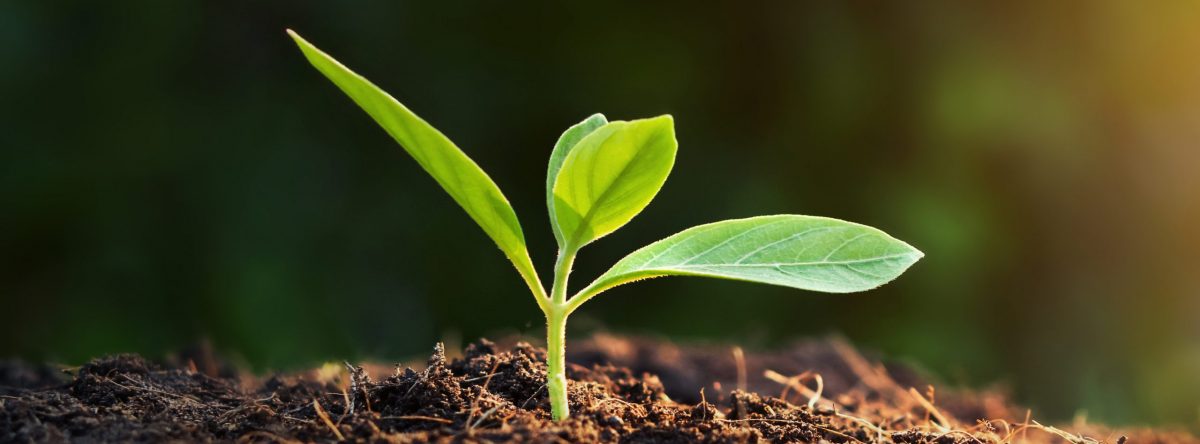Plant sales that were transacted on the Trade Me website between 2012 and 2019 are being examined by Maddie Marshall, a Lincoln University PhD candidate, for use in shaping bioprotection schemes and biosecurity responses.
Her research is not specifically looking at pathogen and pest spread, but is structured to identify the volume of plants sold and what suburbs are of highest influence to the sales networks.
“Then, if a pest or pathogen were to emerge that threatened a specific plant variety, the informal plant trade has been pre-characterised and precautions can be undertaken in the most critical places,” Maddie says.
Maddie is part of the Biosecurity Network Interventions project, led by Lincoln University Distinguished Professor Phillip Hulme, and features in a new article on the Bioheritage NZ website. .
Her work involves examining three different plant trade systems within New Zealand: forestry, nurseries, and the Trade Me transactions.
In the forestry industry she has examined from whom and where trees are bought and to whom they are sold as well as the system’s vulnerability to pathogen introduction.
Her examination of the plant nursery trade network, through gauging the Ministry for Primary Industries’ response to the myrtle rust invasion, hopes to identify lessons that could be applied to future invasions of a similar nature.
Maddie said in the article the value of detailed record keeping had been highlighted throughout her research.
New Zealand was very vulnerable to pest and pathogen introduction, and the ornamental plant trade was “a well-documented vector for transmitting pests and pathogens over long distances,”
“If people could keep records of what they are selling and where to even within a couple of months, I think that would be beneficial.”
Maddie’s PhD is titled “Implementing biosecurity in live plant trade networks”.
The first plant trade system she explored is the forestry industry, the third largest primary sector is New Zealand, generating $6.9 billion annually in exports alone.
“And it’s a monoculture,” says Maddie. “Having those pre-formed plant trade networks could be very beneficial if a pathogen or a pest were to enter the system.”
The chapter characterising this network has recently been published in Australasian Plant Pathology.
For the nursery side of the study, MPI provided the data collected during the first two years of the myrtle rust incursion.
Plant sales from myrtle rust positive nurseries were traced during the first three months of the invasion, then positive reports of myrtle rust cases were recorded.
Maddie’s goal was to make sense of how the response played out and what decisions were made based on what information was available. She hopes to identify lessons that could be applied to future invasions of a similar nature.
To study the plant trades taking place on TradeMe, Maddie says knowing how this network functions and having a system in place for examining it could be useful in the future.
“It’s very much a preventative network,” says Maddie. “In case something enters the system, all of this work has been done so you’re not starting from zero in case of an incursion.”
For her, the biggest take-home message to come out of the three networks is the value of detailed record keeping.
Source: Lincoln University












